ILO Social Security Conventions
These conventions are like promises by countries to make sure workers are safe, healthy, and financially protected. They cover important areas of social security, such as health, income, and support during difficult times, helping workers and their families live safer and more stable lives.
Concept of Social Security and Labour Welfare in India
The goal of social security and labour welfare in India is to provide a secure and fair working environment where workers and their families feel safe, valued, and supported.
Constitutional Dimensions – DPSP (Directive Principles of State Policy)
- Equal right to earn a living for both men and women.
- Equal pay for equal work, regardless of gender.
- Protecting the health and strength of workers and children, so they aren’t forced into unsuitable work.
These articles form the foundation for laws and policies that aim to protect workers' rights, provide fair conditions, and improve the overall welfare of society.
Concept of Wages
Minimum Wages Act, 1948
Case Law
Payment of Bonus Act, 1965
- Eligibility: Any employee earning up to a specific monthly wage (as defined by the government) and who has worked at least 30 days in a financial year is eligible for a bonus.
- Disqualifications: An employee may be disqualified if they are dismissed for misconduct, theft, or other serious offenses.
- Set-on:
- If a company’s allocable surplus (profit available for bonus distribution) exceeds the maximum bonus requirement (20% of wages), the extra amount is kept aside as a set-on.
- This set-on amount can be carried forward for up to four years.
- During years when profits are low, this surplus amount can be used to pay bonuses, ensuring employees receive a consistent bonus even in weaker financial years.
- Set-off:
- If a company has insufficient profits to pay even the minimum bonus (8.33% of wages) in a particular year, it records a set-off.
- This set-off amount represents the shortfall that the company couldn’t pay.
- In subsequent years, if the company earns enough profit, it must first clear the set-off (pay back the owed bonuses) before setting aside any new surplus.
- If a company has high profits in one year, it creates a set-on reserve. In a future year with low profits, it can use this set-on to pay the minimum bonus without impacting its financial health.
- Conversely, if there’s a low-profit year resulting in a set-off, future profits must address this shortfall before accumulating new set-on amounts.
- Set-on and Set-off help maintain a balance between fair bonus payments for employees and the financial stability of companies, especially in fluctuating profit scenarios.
- These provisions ensure that employees receive consistent bonus payments, while companies are not overburdened during financially challenging years.
Payment of Bonus (Amendment) Act, 2007 and Later Changes
KCP Employees Association v. KCP Ltd
Social Security and Employer's Liability
- 2017 Amendment: The amendment increased the compensation limits to keep up with inflation and provided better protection to workers by raising the minimum compensation amount in case of death or permanent disability. This change ensures fairer financial support for injured workers and their families.
Employer’s Liability for Accidents
Employees' State Insurance (ESI)
The Employees' State Insurance (ESI) is a social security and health insurance scheme for workers in India. It is designed to provide financial and medical support to employees and their families in case of sickness, injury, or other health-related issues that occur during employment. Key Points about ESI and its Benefits:
- To offer medical care and financial assistance to workers who face health problems or accidents while on the job.
- To ensure that workers and their families are protected against financial hardships due to medical emergencies.
- Employees earning a monthly wage up to a certain limit (set by the government) are eligible.
- It applies to factories and other establishments with 10 or more employees (in some states, it's 20 or more).
- Employee's Contribution: A small percentage of their wages.
- Employer's Contribution: A higher percentage than the employee.
- Medical Benefit: Full medical care for the insured person and their family members, including doctor consultations, medicines, and hospitalization if needed.
- Sickness Benefit: Money given to help during approved sick days, up to a certain number of days each year.
- Maternity Benefit: Paid maternity leave for women employees, including pre- and post-natal care.
- Disablement Benefit:
- Temporary Disablement: Financial support if an employee cannot work due to injury or sickness.
- Permanent Disablement: Lifetime financial support if the employee is permanently disabled.
- Dependents' Benefit: In case of the employee's death due to an employment injury, their dependents receive regular financial support.
- Funeral Expenses: A lump-sum payment towards the funeral expenses of the deceased employee.
- Rehabilitation Allowance: Support for physical or vocational rehabilitation if needed.
- Employees receive an ESI card, which they can use to access medical services at ESI hospitals and clinics.
- In case of illness or injury, employees can receive medical treatment without worrying about the costs.
- Financial benefits are provided directly to the employee or their family to help them during periods when they cannot earn wages.
- Employers must register their eligible employees under the ESI scheme.
- They are responsible for deducting the employee's contribution from wages and adding their contribution before sending it to the ESI Corporation.
- It provides a safety net for workers, ensuring they are not left without support during tough times.
- Helps maintain a healthier workforce by promoting access to medical care.
Case Law
Social Security and Retirement Benefits
Provident Fund and Pension Scheme
- The Employees' Provident Fund (EPF) is a savings scheme where both the employee and employer contribute a fixed percentage of the employee’s salary each month.
- These contributions are deposited into a provident fund account, which earns interest over time.
- When the employee retires or leaves the job, they can withdraw the accumulated amount, providing them with a large lump sum.
- The EPF amount is helpful not only at retirement but can also be used in emergencies, such as medical expenses or children's education.
- Alongside the provident fund, employees also contribute to a Pension Scheme under the Employees’ Provident Fund (EPF) Act.
- This scheme provides a monthly pension to employees after retirement, based on their years of service and salary.
- The goal is to give a steady income for life after retirement, which helps employees meet their day-to-day expenses.
- The pension amount increases with the number of years an employee has worked, ensuring long-serving employees receive more benefits.
Case Law
Together, the Provident Fund and Pension Scheme give employees a way to save during their working years and enjoy financial security in retirement, supporting them with both a lump sum and a monthly income after they retire.
Gratuity
- An employee becomes eligible for gratuity if they have worked for at least five continuous years with the same employer.
- Gratuity can be received in case of retirement, resignation, or even if the employee passes away or becomes disabled (in these cases, the five-year rule doesn’t apply).
- Gratuity helps employees financially during retirement or when they leave a job.
- It provides security and a reward for loyalty, especially for those who have dedicated years of service.
Maternity Benefit Act, 1961
- Paid Maternity Leave: Originally, the Act provided 12 weeks of paid maternity leave.
- Medical Bonus: Women receive a medical bonus if the employer does not provide free medical care.
- Extended Maternity Leave: The 2017 amendment increased maternity leave from 12 weeks to 26 weeks for women employees in both public and private sectors. This extension allows women more time for recovery and to care for their newborn.
- Leave for Adoptive and Commissioning Mothers: The amendment introduced 12 weeks of leave for mothers who adopt a child below three months of age or are commissioning mothers (those who have a child through surrogacy).
- Work-from-Home Option: After the 26 weeks of maternity leave, women have the option to work from home if their job allows it. This option is subject to the agreement between the employee and the employer.
- Mandatory Crèche Facilities: Employers with 50 or more employees are required to provide crèche (daycare) facilities. Women employees are allowed four visits to the crèche during the day, which includes the time for rest intervals.
- Maternity Leave: Women are entitled to paid leave for a certain period, allowing them time to recover from childbirth and care for their child. The Maternity Benefit Act, 1961, provides 26 weeks of paid leave for women in India, covering both public and private sector employees.
- Medical Care: The Act requires employers to provide a medical bonus if they don’t offer free medical care, helping cover medical expenses related to childbirth.
- Adoptive and Commissioning Mothers: The 2017 amendment extended 12 weeks of paid leave to women who adopt a child below three months old and to commissioning mothers (those having a child via surrogacy).
- Work-from-Home Option: Women can negotiate a work-from-home arrangement after their maternity leave ends, depending on the nature of their job, to continue caring for their child while working.
- Crèche Facilities: For employers with 50 or more employees, the law mandates crèche (daycare) facilities, allowing working mothers to visit the crèche four times a day.
- Municipal Corporation of Delhi v. Female Workers (Muster Roll): The SC ensured that maternity benefits were extended to temporary or muster roll female workers, granting maternity support to all women workers, regardless of their employment status.
- Dr. Rachna Chaurasiya vs. State of U.P., 2017: The case emphasized the enforcement of maternity benefits, directing authorities to ensure these rights are upheld for eligible women employees.
Legislative Protection to Vulnerable Sectors of Labour
- Minimum Wages Act, 1948: Ensures that workers receive a minimum wage, protecting them from being paid too little to meet their basic needs. It applies to various industries and sectors, especially those with low-income or unskilled workers.
- Contract Labour (Regulation and Abolition) Act, 1970: Protects contract workers who do not have a permanent job status, ensuring safe working conditions and, in some cases, the right to be regularized if work is continuous and long-term.
- Building and Other Construction Workers (Regulation of Employment and Conditions of Service) Act, 1996: Specifically protects construction workers by providing benefits like healthcare, accident cover, pensions, and housing, addressing the often unsafe conditions they face.
- Bonded Labour System (Abolition) Act: Prohibits bonded labour, freeing workers from exploitative debt bondage and providing rehabilitation.
- Child Labour (Prohibition and Regulation): Bans children under 14 from hazardous jobs and regulates conditions for children allowed in non-hazardous environments.
- Unorganized Workers' Social Security Act, 2008: Covers workers in the unorganized sector, providing social security benefits such as health insurance, maternity benefits, and pensions.
- Inter-State Migrant Workmen (Regulation of Employment and Conditions of Service) Act, 1979: Protects migrant workers by regulating employment, ensuring fair wages, housing, and travel allowances.
- Sexual Harassment of Women at Workplace (Prevention, Prohibition, and Redressal) Act, 2013: Protects women from harassment at work, requiring organizations to have committees to address complaints and prevent harassment.
Importance of Legislative Protection
Suppressed Sectors of Labour and Welfare/Social Security Measures
- Overview: The unorganised sector includes workers who don’t have regular employment, such as domestic workers, street vendors, small farmers, and gig workers. These workers often face unstable income, lack of benefits, and no job security.
- Key Legislation: Unorganised Workers' Social Security Act, 2008
- Social Security Benefits: The Act provides a framework for social security schemes to benefit unorganised sector workers, covering areas like health insurance, maternity benefits, old-age pensions, and life/disability insurance.
- National Social Security Board: Established under this Act, the board is responsible for recommending schemes for unorganised workers and ensuring that they receive social security coverage.
- Welfare Schemes: The government offers specific schemes like the Rashtriya Swasthya Bima Yojana (RSBY), providing health insurance to unorganised workers, and the Atal Pension Yojana for a secure retirement.
- Overview: Contract labour refers to workers hired through contractors rather than directly by the company where they work. These workers often lack stability, benefits, and fair wages, as they aren’t officially considered company employees.
- Key Legislation: Contract Labour (Regulation and Abolition) Act, 1970
- Wages and Working Conditions: The Act ensures that contract workers receive fair wages and have safe, hygienic working conditions. Contractors must also provide amenities such as drinking water, restrooms, and first-aid facilities.
- Abolition of Contract Labour: The Act allows the government to prohibit contract labour in certain roles, particularly if the work is ongoing and permanent. This can lead to the regularization of contract workers, making them eligible for better benefits.
- Payment and Benefits: The Act mandates that contract workers are paid on time and provided benefits similar to those given to permanent employees, helping protect them from exploitation.
Welfare and Social Security Measures
- Unorganised workers receive basic social security through government schemes.
- Contract workers gain fair wages, safe working environments, and, when possible, a pathway to more stable employment.
Unorganised Workers and Contract Workers
- Who They Are: Unorganised workers include people who work without formal job security or benefits. Examples include domestic workers, street vendors, small farmers, construction workers, and gig workers.
- Challenges: These workers often face low wages, irregular work, no health benefits, lack of job security, and are highly vulnerable to exploitation.
- Protection through Legislation:
- Unorganised Workers’ Social Security Act, 2008: This Act aims to provide social security to unorganised workers, covering health insurance, maternity benefits, life and disability insurance, and pensions.
- Government Welfare Schemes: The government has launched specific schemes under this Act, such as the Atal Pension Yojana for retirement security, Pradhan Mantri Suraksha Bima Yojana for accident insurance, and Rashtriya Swasthya Bima Yojana (RSBY) for health insurance. These schemes give unorganised workers a safety net for their health and financial needs.
- Who They Are: Contract workers are hired through third-party contractors instead of being employed directly by the company where they work. They are often engaged for specific projects or temporary roles.
- Challenges: Contract workers usually lack stability, receive fewer benefits, have less protection against unfair treatment, and are often paid lower wages than permanent employees.
- Protection through Legislation:
- Contract Labour (Regulation and Abolition) Act, 1970: This Act regulates contract employment to protect contract workers from exploitation.
- Wages and Working Conditions: The Act requires contractors to provide fair wages and basic facilities, such as drinking water, toilets, and first-aid.
- Abolition of Contract Labour: In some situations, the Act allows the government to ban contract labour in permanent roles, which can lead to the regularization of contract workers in those positions.
- Timely Payment: Contractors must pay wages on time, and principal employers (the company hiring the contractor) are held accountable if payments are delayed.
- Contract Labour (Regulation and Abolition) Act, 1970: This Act regulates contract employment to protect contract workers from exploitation.
Why These Protections Matter
- Unorganised Workers: The social security measures help unorganised workers feel safer about their health and future, especially since they often lack formal job protections.
- Contract Workers: By ensuring fair wages and working conditions, the law reduces the risks of unfair treatment, aiming to provide contract workers with a fairer work environment.
Case Law: Workers' Rights and Protections
Inter-State Migrant Workmen (Regulation of Employment and Conditions of Service) Act, 1979
- Lack of Awareness and Documentation: Many migrant workers are unaware of their rights under the Act, which limits their ability to seek fair treatment. Additionally, many lack proper identification or documentation, which is essential for availing social security benefits and protections.
- Poor Working and Living Conditions: Migrant workers often live in temporary, inadequate housing with poor sanitation and limited access to clean water. The Act mandates that employers provide basic amenities, but in practice, these standards are frequently ignored.
- Irregular Wages and Exploitation: Migrant workers are vulnerable to wage delays, underpayment, and exploitation. The Act requires contractors and employers to pay fair wages, but due to weak enforcement, many workers face wage-related issues.
- Health and Safety Risks: Migrant workers face health risks due to unsafe working conditions, lack of healthcare access, and insufficient protective gear, especially in industries like construction and agriculture.
- Lack of Social Security and Welfare Benefits: Although the Act aims to provide social security, in practice, access to welfare benefits such as insurance, pension, and healthcare is limited.
- Challenges in Monitoring and Enforcement: Enforcement of the Act is challenging due to limited government resources, inadequate monitoring, and the transient nature of migrant work. Contractors often bypass regulations, and many migrant workers are employed informally, making it harder to monitor their conditions.
- Some workers reported being misled about the nature of the work and wages before migration, leading to job dissatisfaction and financial strain.
- There were cases where workers migrated for seasonal work but lacked the resources to return home in emergencies due to withheld wages or delays.
New Labour Codes
- Purpose: To consolidate laws related to wages, including the Minimum Wages Act, Payment of Wages Act, Payment of Bonus Act, and Equal Remuneration Act.
- Key Changes:
- Establishes a national minimum wage, which can be adjusted by states based on local needs.
- Ensures timely payment of wages to all employees, including contract workers, and reduces the scope of wage discrimination based on gender.
- Mandates equal pay for equal work across genders and introduces stricter penalties for wage-related violations.
- Purpose: To regulate employment terms, dispute resolution, and relations between employers and employees, consolidating the Trade Unions Act, Industrial Employment (Standing Orders) Act, and Industrial Disputes Act.
- Key Changes:
- Introduces a formal dispute resolution system and simplifies the process for resolving industrial disputes.
- Allows firms with up to 300 employees to lay off or retrench workers without government approval (previously limited to 100 employees).
- Introduces a framework for recognizing trade unions and gives them a legal standing to negotiate and represent workers.
- Encourages fixed-term employment, providing contract workers with similar benefits to permanent employees, including gratuity, based on contract duration.
- Purpose: To ensure safer working environments and regulate work conditions, replacing 13 laws, including the Factories Act, Mines Act, and Contract Labour (Regulation and Abolition) Act.
- Key Changes:
- Sets clear health and safety standards for workplaces, especially those in hazardous industries.
- Mandates annual health check-ups and welfare provisions like clean drinking water, ventilation, and sanitary facilities.
- Provides protection to gig and platform workers, giving them access to social security and health benefits.
- Sets work hours, overtime rules, and safety measures, focusing on improving work conditions for women, contract workers, and migrant labour.
- Purpose: To unify social security provisions, bringing together laws like the Employees’ Provident Fund Act, Employees’ State Insurance Act, and Maternity Benefit Act.
- Key Changes:
- Extends social security benefits (like provident fund, ESI, and maternity leave) to gig and platform workers.
- Requires employers and aggregators (for gig workers) to contribute towards social security funds.
- Introduces a universal social security system where even informal and unorganized sector workers can access benefits.
- Mandates gratuity benefits for fixed-term employees, helping contract workers receive financial security for shorter job durations.
- Simplification and Flexibility: The new codes aim to reduce the number of overlapping laws, making compliance easier for employers and the government.
- Enhanced Worker Protections: By extending social security, health, and safety benefits to a broader range of workers (including gig, platform, and informal workers), the codes ensure fair treatment.
- Job Creation and Economic Growth: With simplified regulations, companies may find it easier to hire more employees, potentially boosting employment.
- Improved Employer-Employee Relations: By clarifying industrial relations and dispute resolution processes, the codes seek to create a harmonious work environment.
Detailed Breakdown of Selected Codes
- Purpose: The Code on Wages aims to consolidate and simplify existing wage-related laws. It combines four previous laws: the Minimum Wages Act, Payment of Wages Act, Payment of Bonus Act, and Equal Remuneration Act.
- Key Provisions:
- National Minimum Wage: Introduces a universal minimum wage applicable across the country. States can set their own minimum wages, but they cannot be lower than the national minimum.
- Uniform Definitions: Establishes standard definitions for terms like wages, helping reduce confusion across different sectors and ensuring consistency.
- Payment Timeliness: Mandates timely wage payment for all types of employees, including contract and unorganized sector workers.
- Equal Remuneration: Ensures equal pay for equal work across genders, addressing wage disparities and discrimination.
- Bonus: Defines eligibility criteria for bonuses and sets minimum and maximum bonus limits. Employers are required to distribute a share of profits to employees based on company performance.
- Purpose: The Social Security Code integrates various social security laws, including the Employees’ Provident Fund Act, Employees’ State Insurance Act, Maternity Benefit Act, and others, to establish a comprehensive social security system.
- Key Provisions:
- Universal Social Security: Extends social security benefits to unorganized, gig, and platform workers, creating a more inclusive system. This ensures that all workers, including those in informal sectors, have access to essential benefits.
- National Social Security Board: The code establishes a board to formulate policies and schemes for unorganized workers, including health insurance, life and disability coverage, and maternity benefits.
- Social Security Contributions: Employers are required to contribute to social security funds for employees, and aggregators (e.g., companies that rely on gig workers) are expected to contribute for gig and platform workers.
- Gratuity for Fixed-Term Employment: Fixed-term workers are now eligible for gratuity benefits based on their contract duration, providing financial support similar to that given to permanent employees.
- Welfare Schemes: The code promotes pension, health insurance, maternity leave, and other benefits for all sectors, including low-wage and temporary workers.
- Purpose: This code consolidates 13 existing laws, including the Factories Act, Mines Act, and Contract Labour Act, to ensure uniform standards for occupational safety, health, and working conditions across various industries.
- Key Provisions:
- Health and Safety Standards: Sets basic standards for workplace safety and health, including measures like annual health check-ups, clean drinking water, and proper ventilation. These standards apply to all establishments with 10 or more workers.
- Work Hours and Overtime: Defines work hours, overtime pay, and conditions for night shifts, providing a clear structure for managing work schedules.
- Welfare Facilities: Employers are required to provide welfare amenities, such as canteens, restrooms, and medical facilities, especially in industries like manufacturing, construction, and mining.
- Safety for Women Workers: The code allows women to work night shifts under certain safety conditions, promoting gender equality while ensuring their safety.
- Protections for Gig and Platform Workers: The code also includes safety provisions for gig and platform workers, recognizing their need for safe working conditions despite their non-traditional employment status.
- Simplified Compliance: The new codes reduce complexity by consolidating multiple laws, making it easier for employers to comply with regulations.
- Inclusive Protections: They extend protections to informal, contract, gig, and platform workers, covering a wider range of the workforce.
- Balanced Flexibility and Security: The codes offer flexibility to employers while safeguarding employees' rights, especially in terms of fair wages, safety, and social security.

























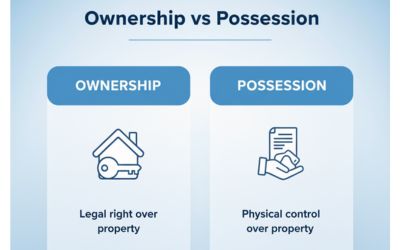



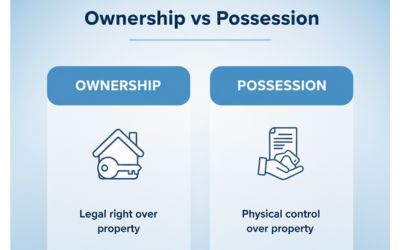

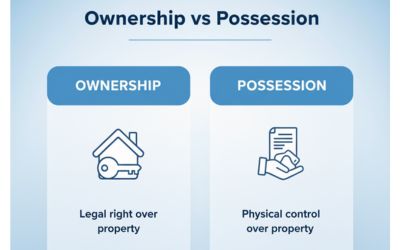

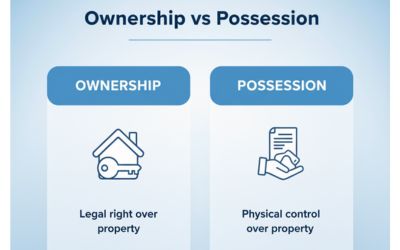






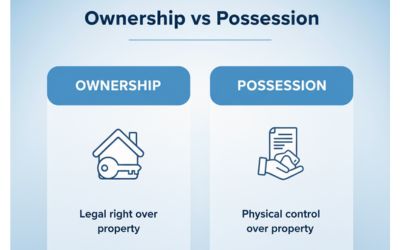




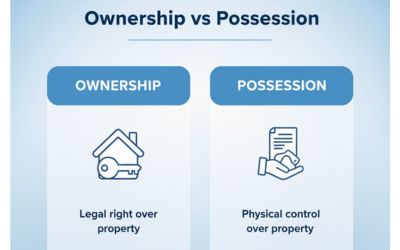
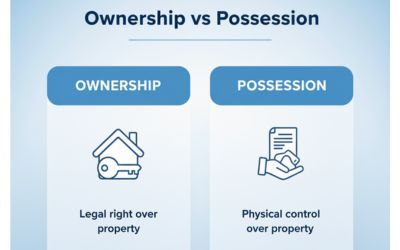







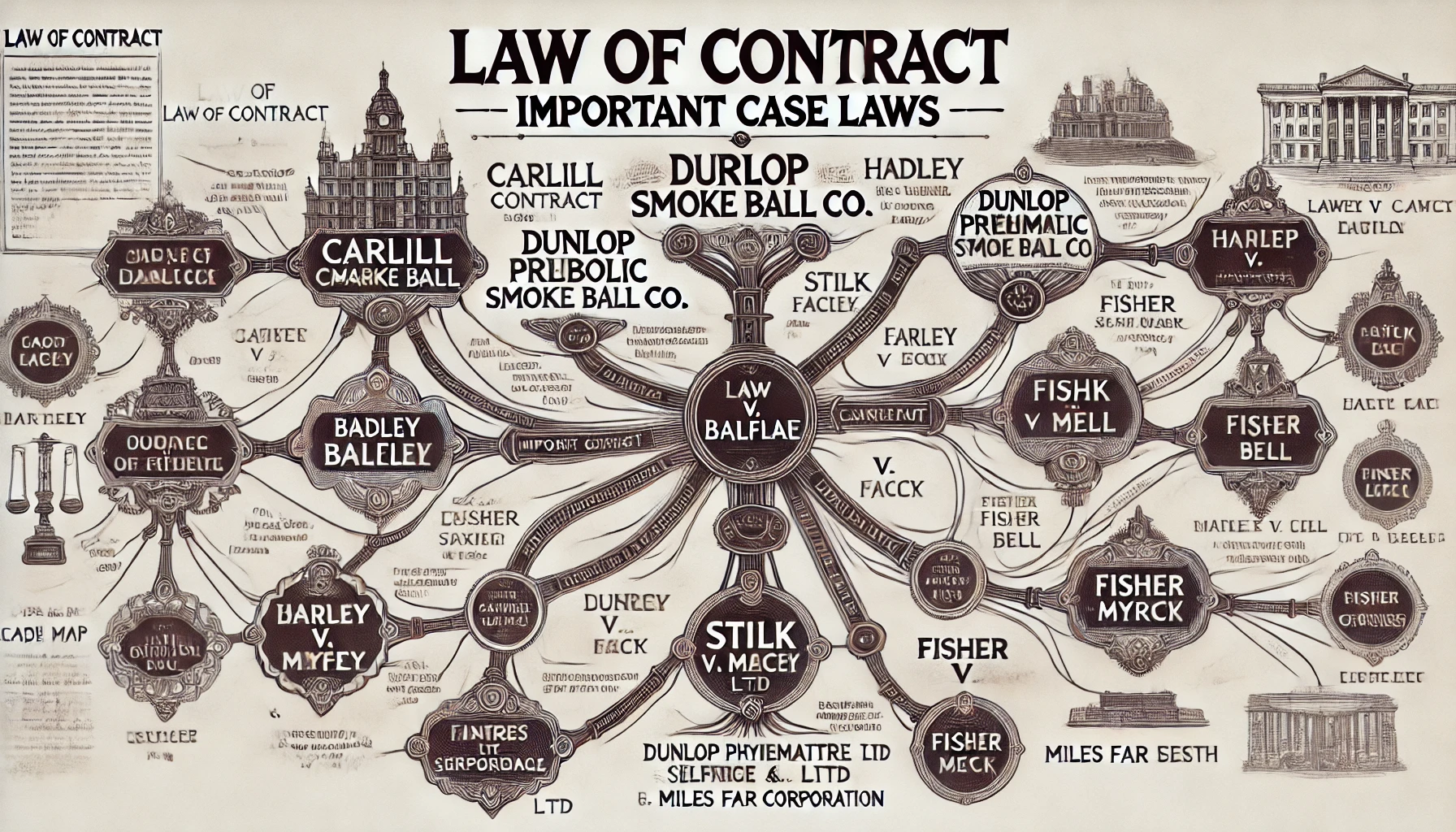



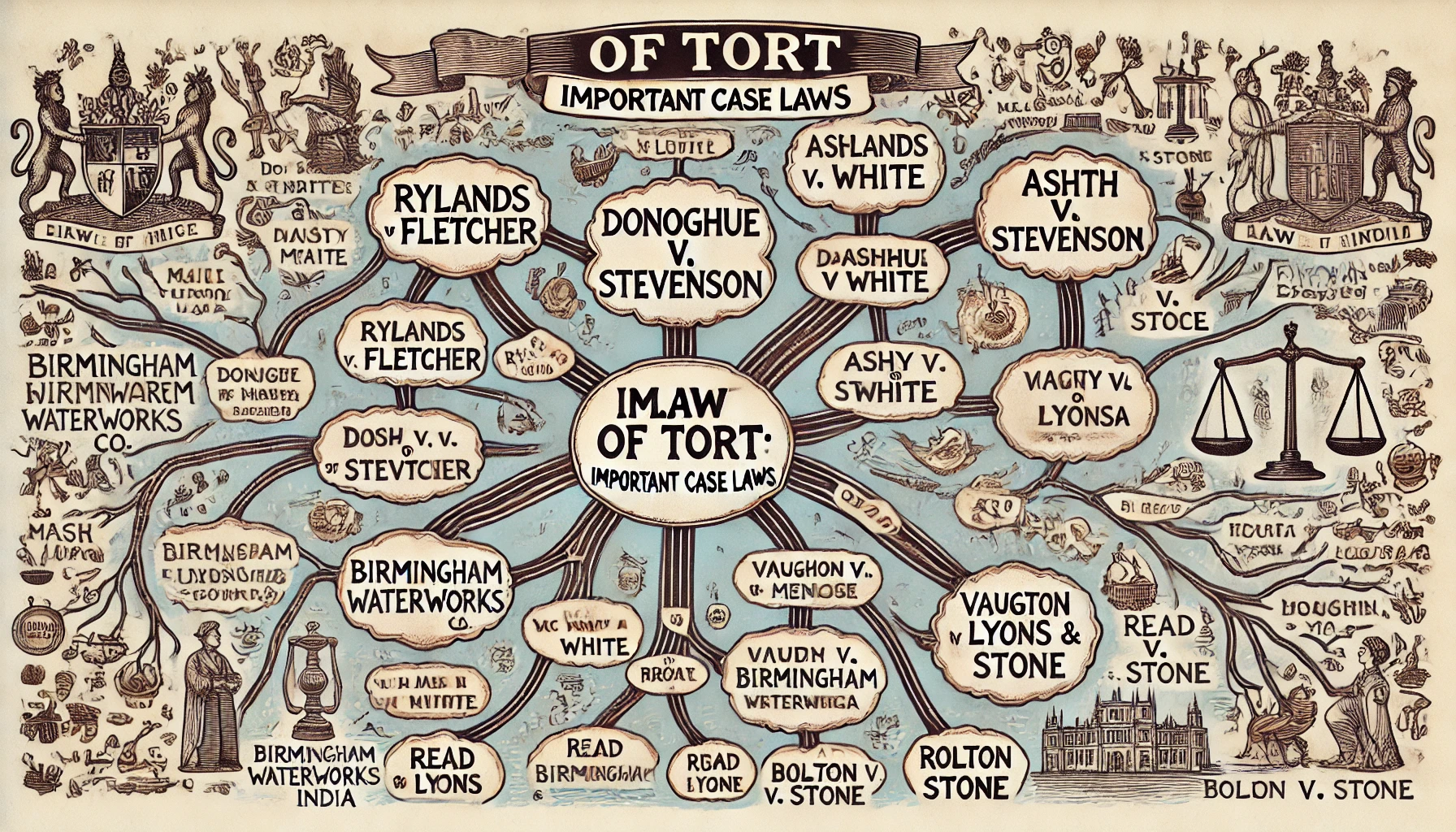

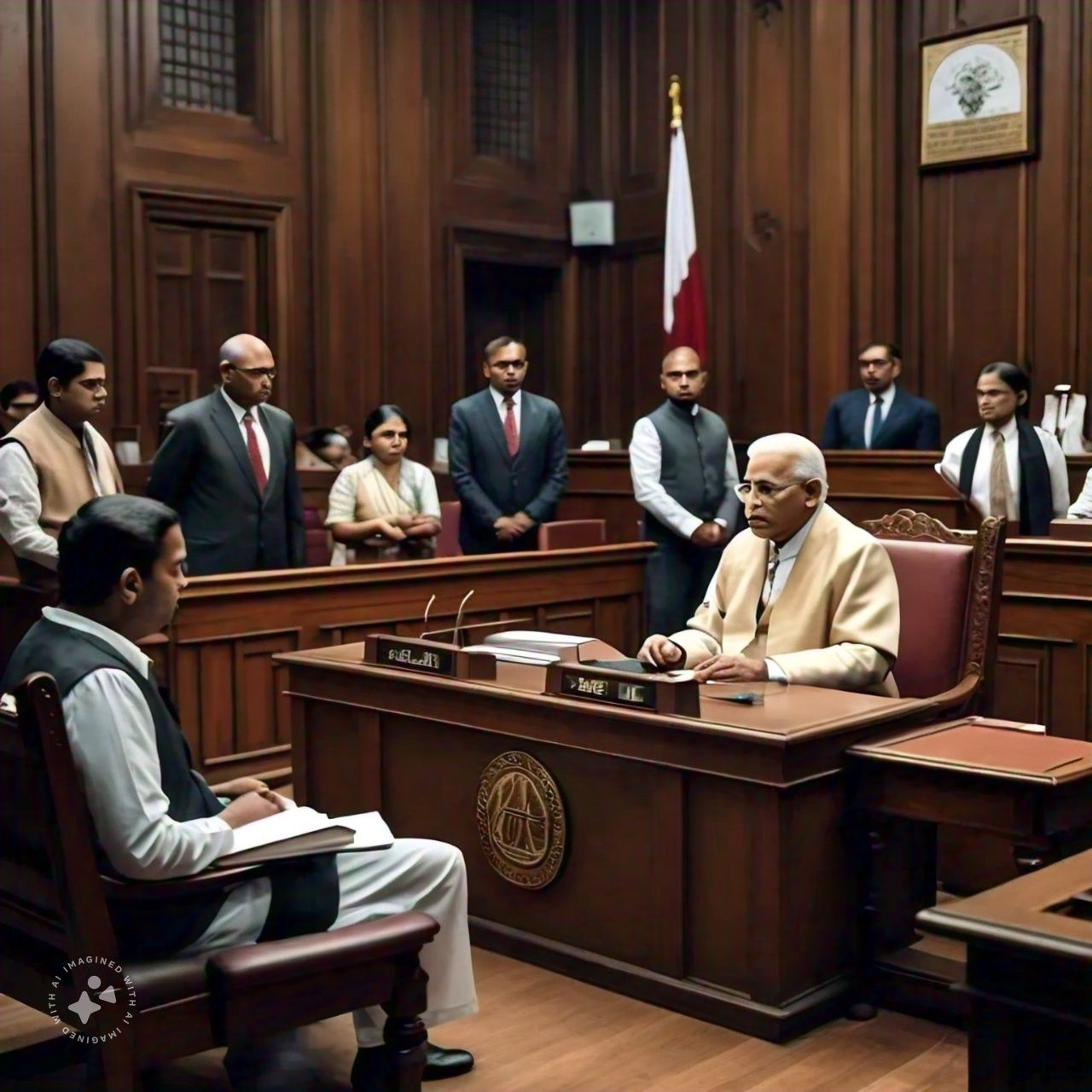










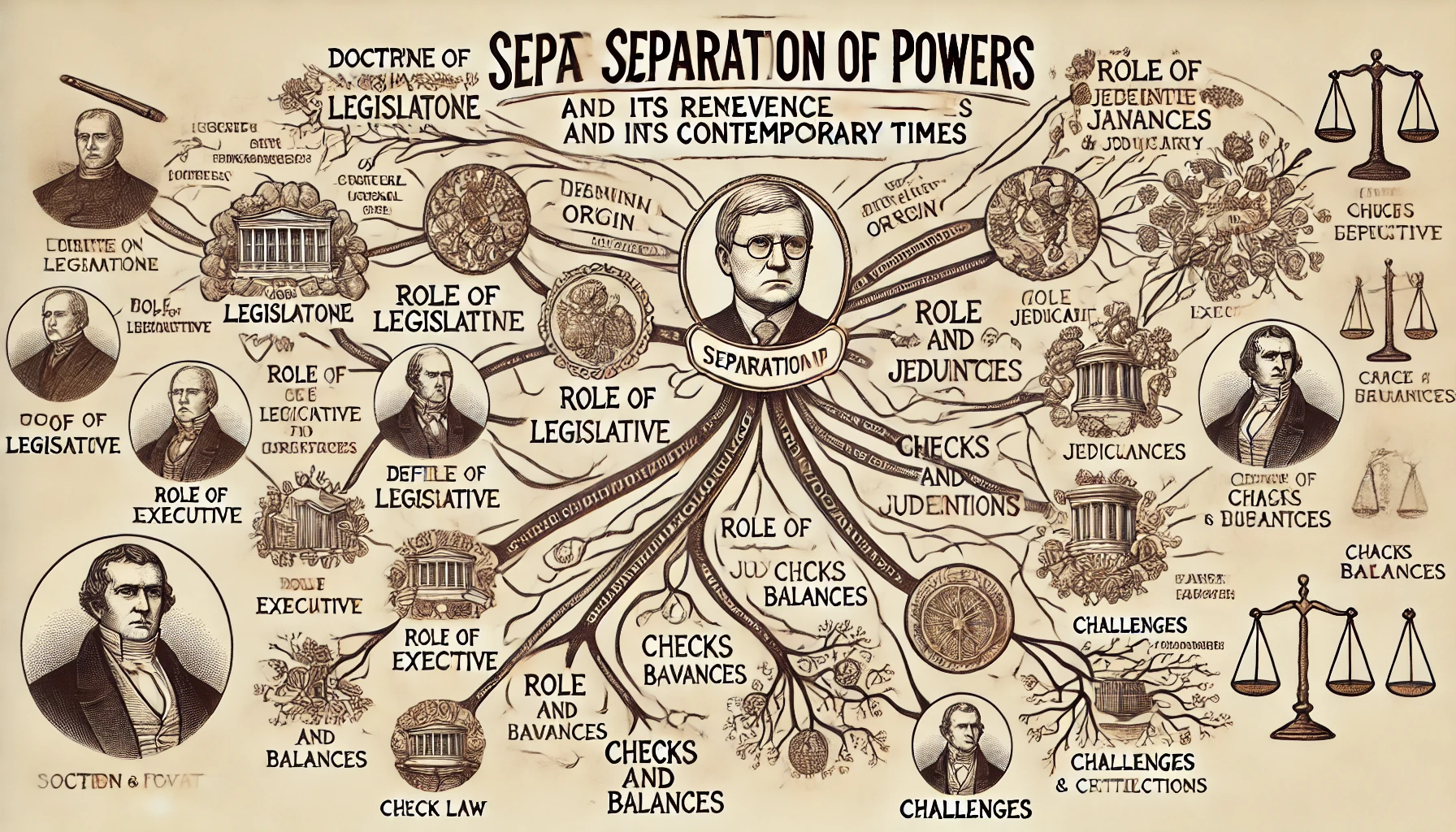






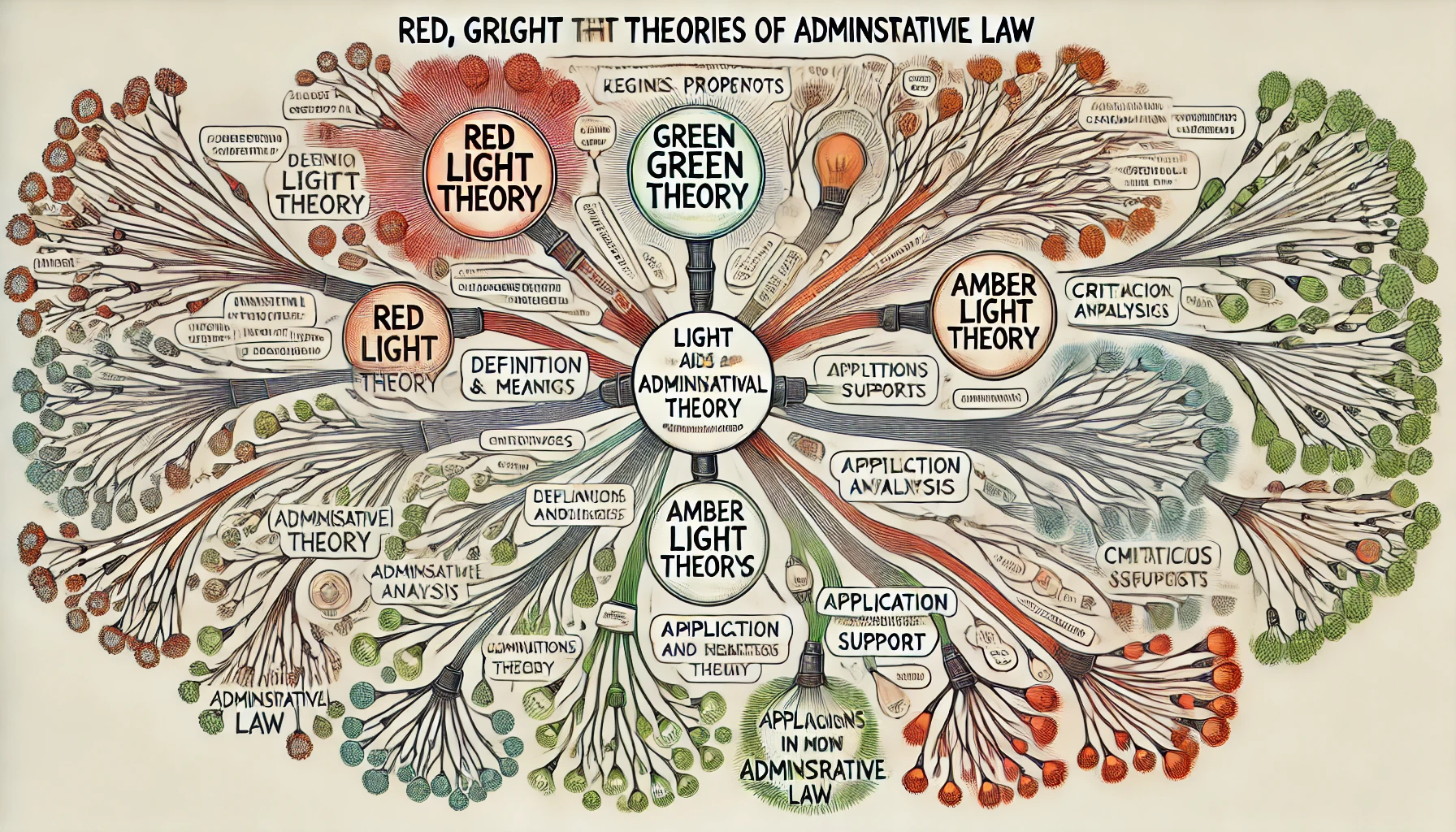


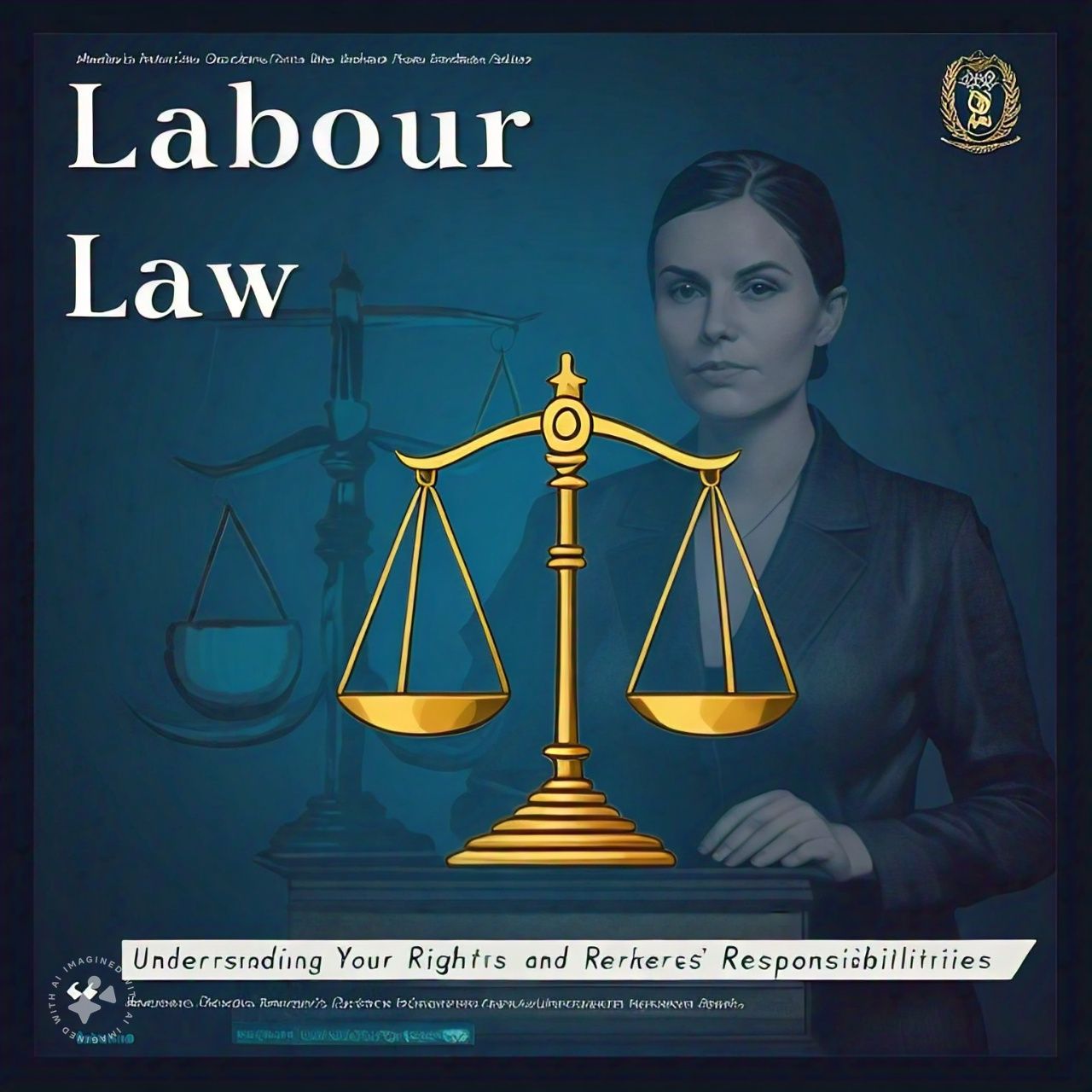




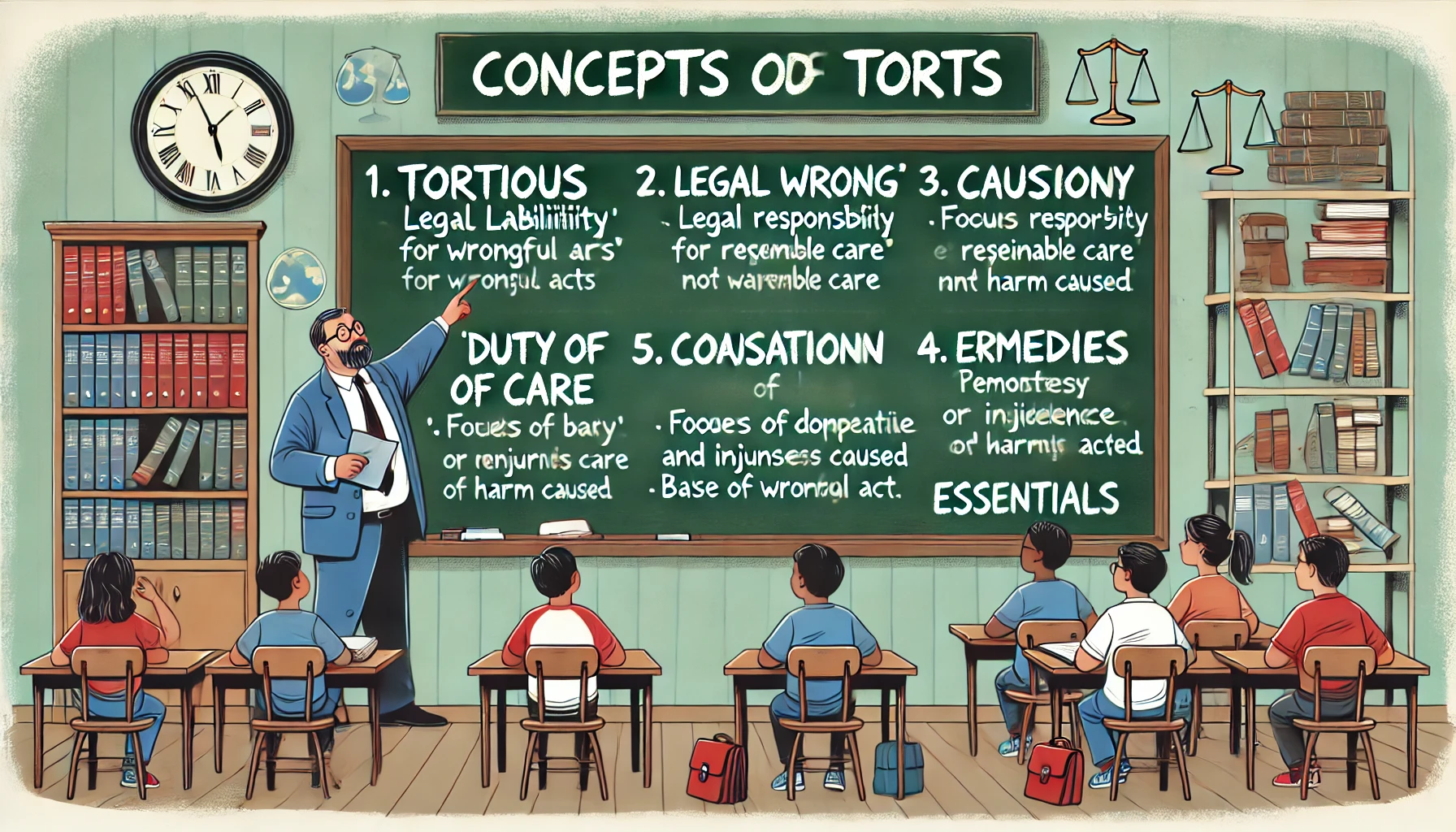
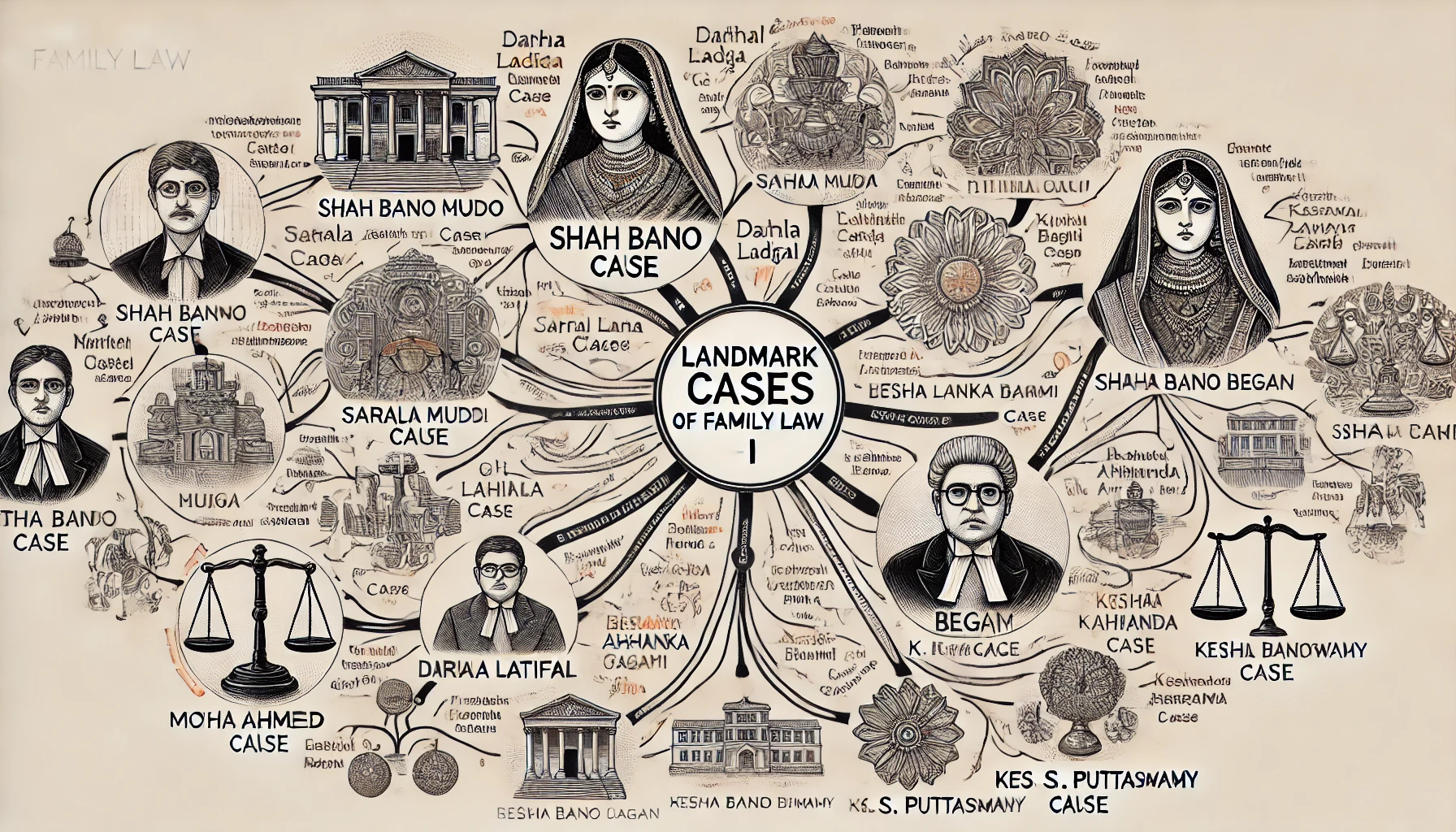


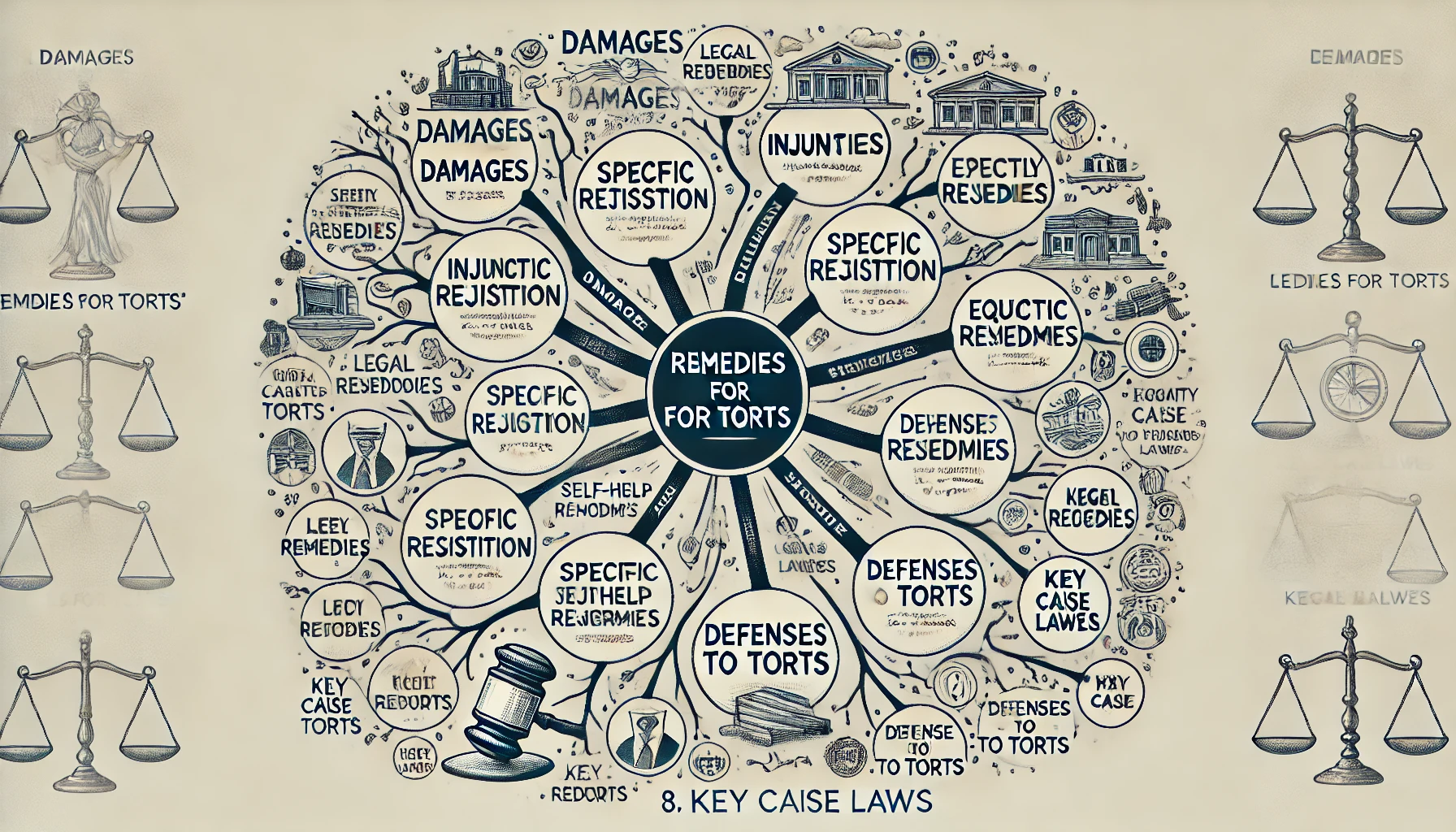


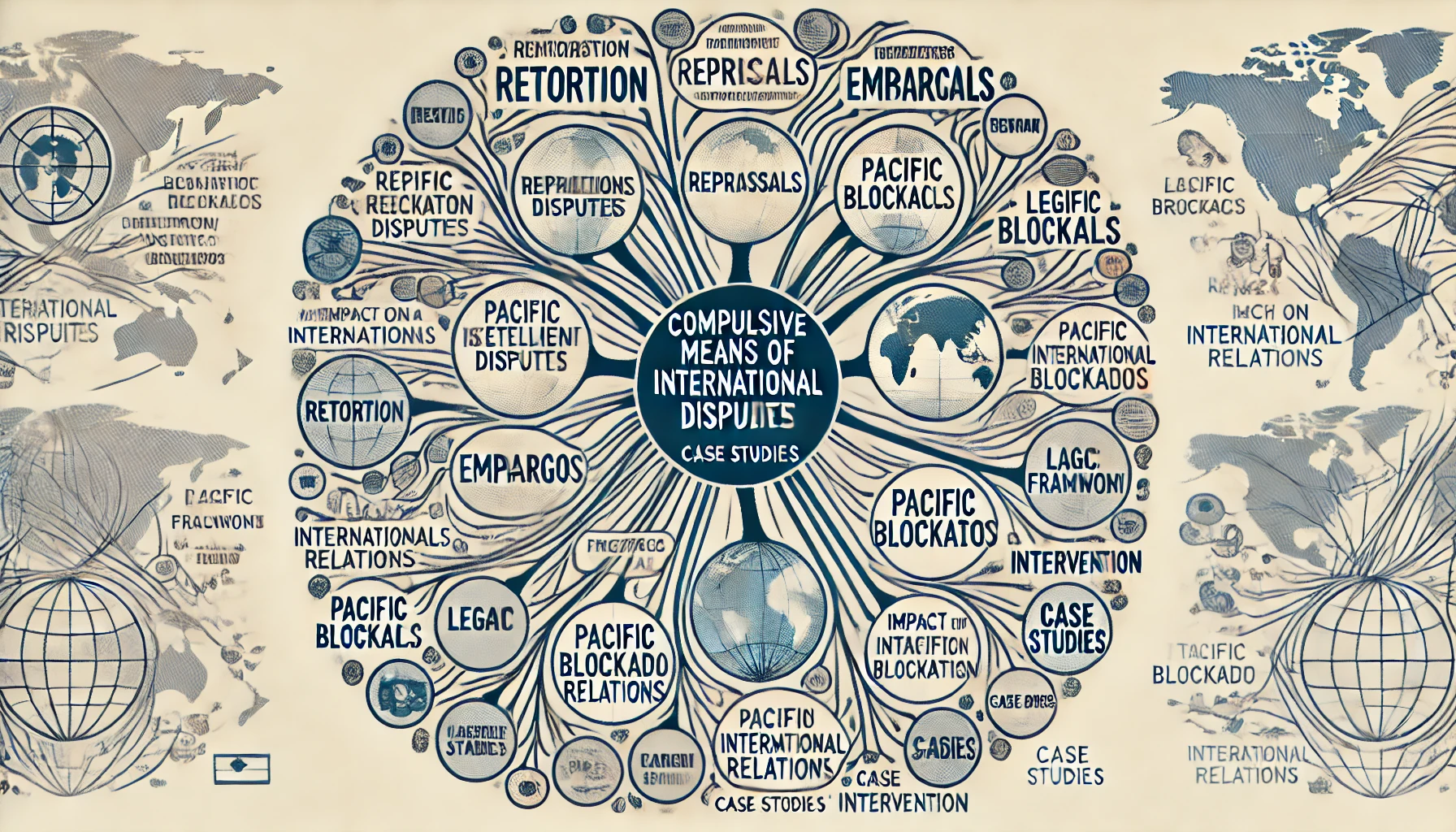

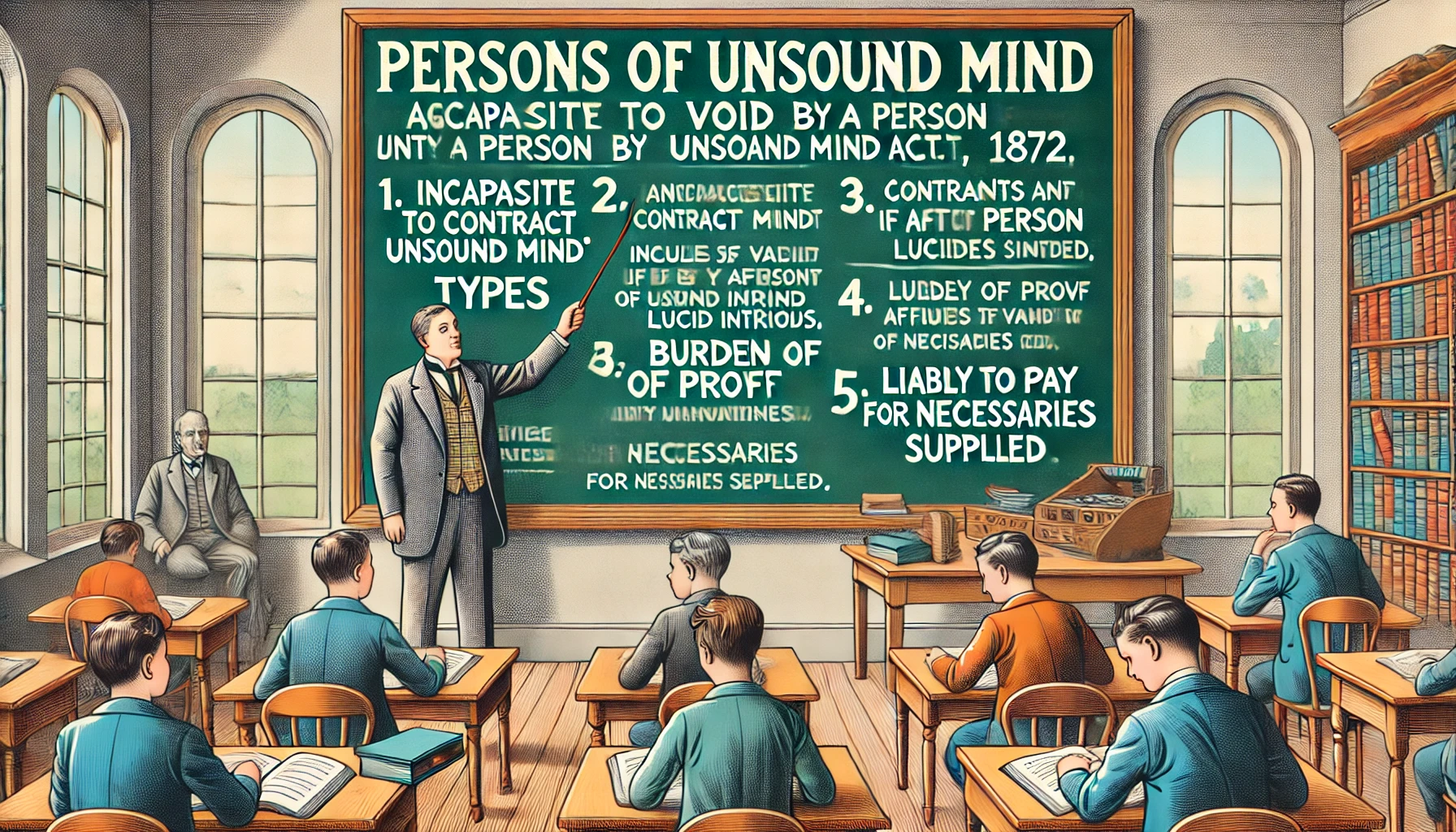
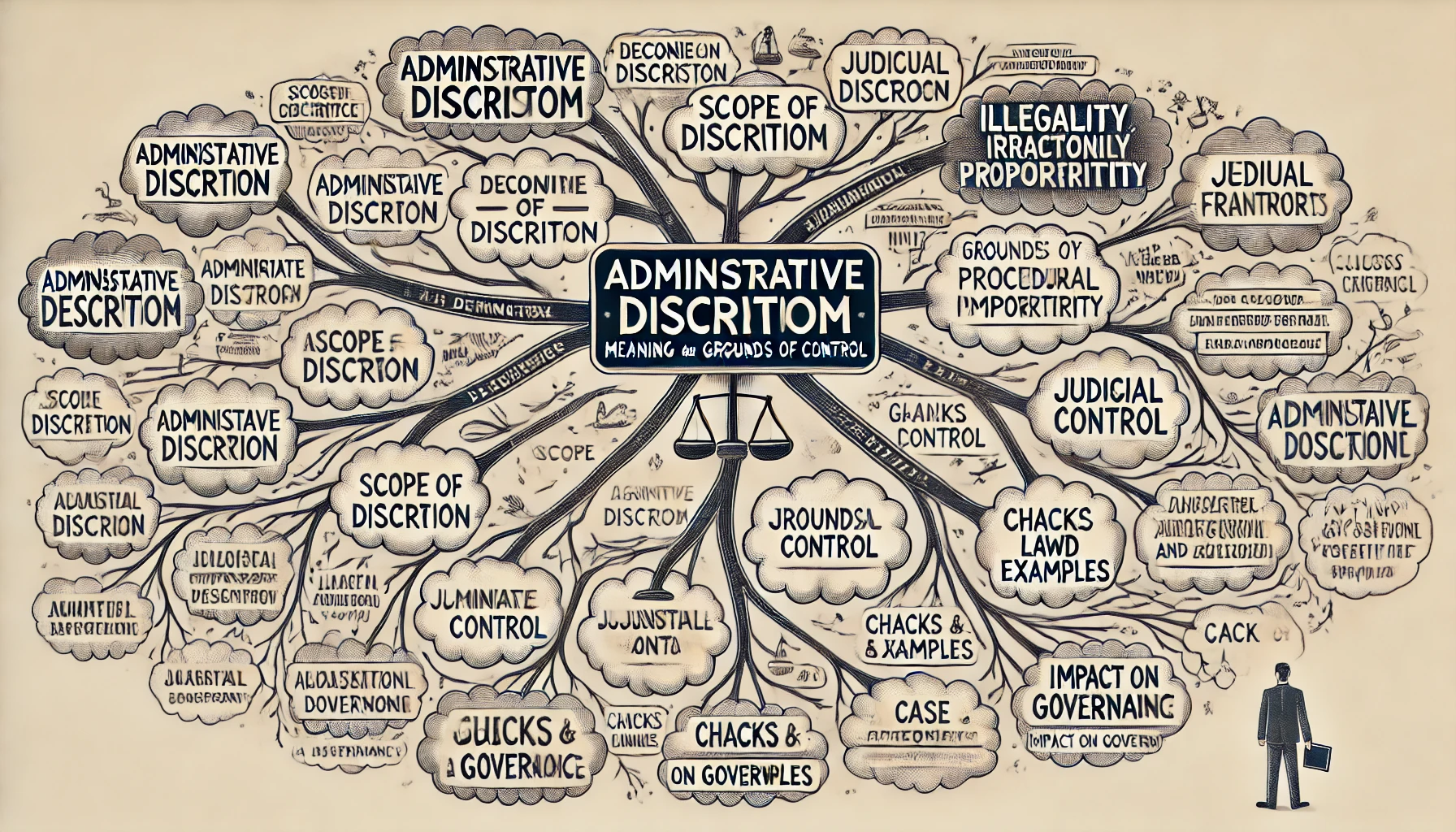
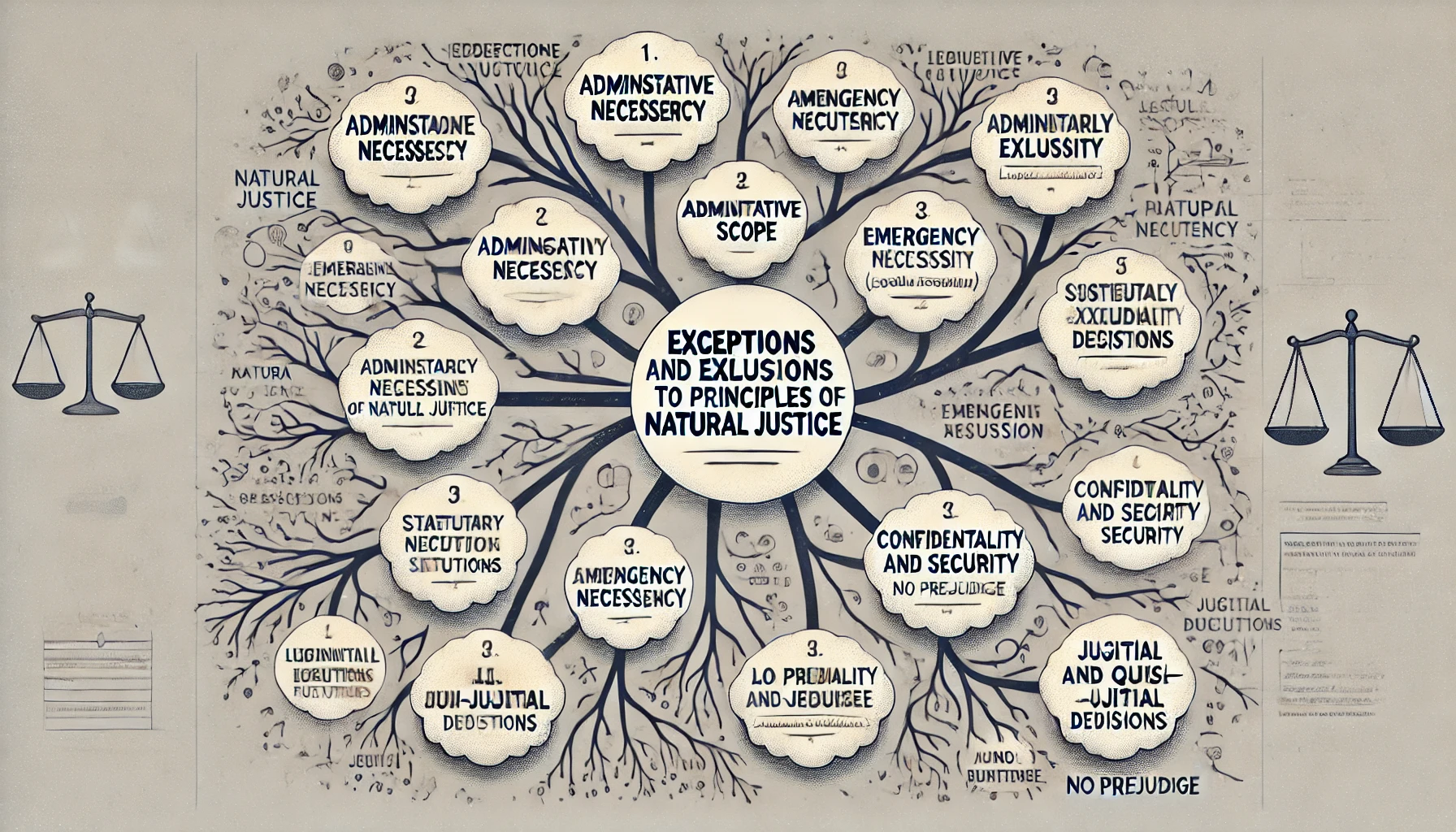

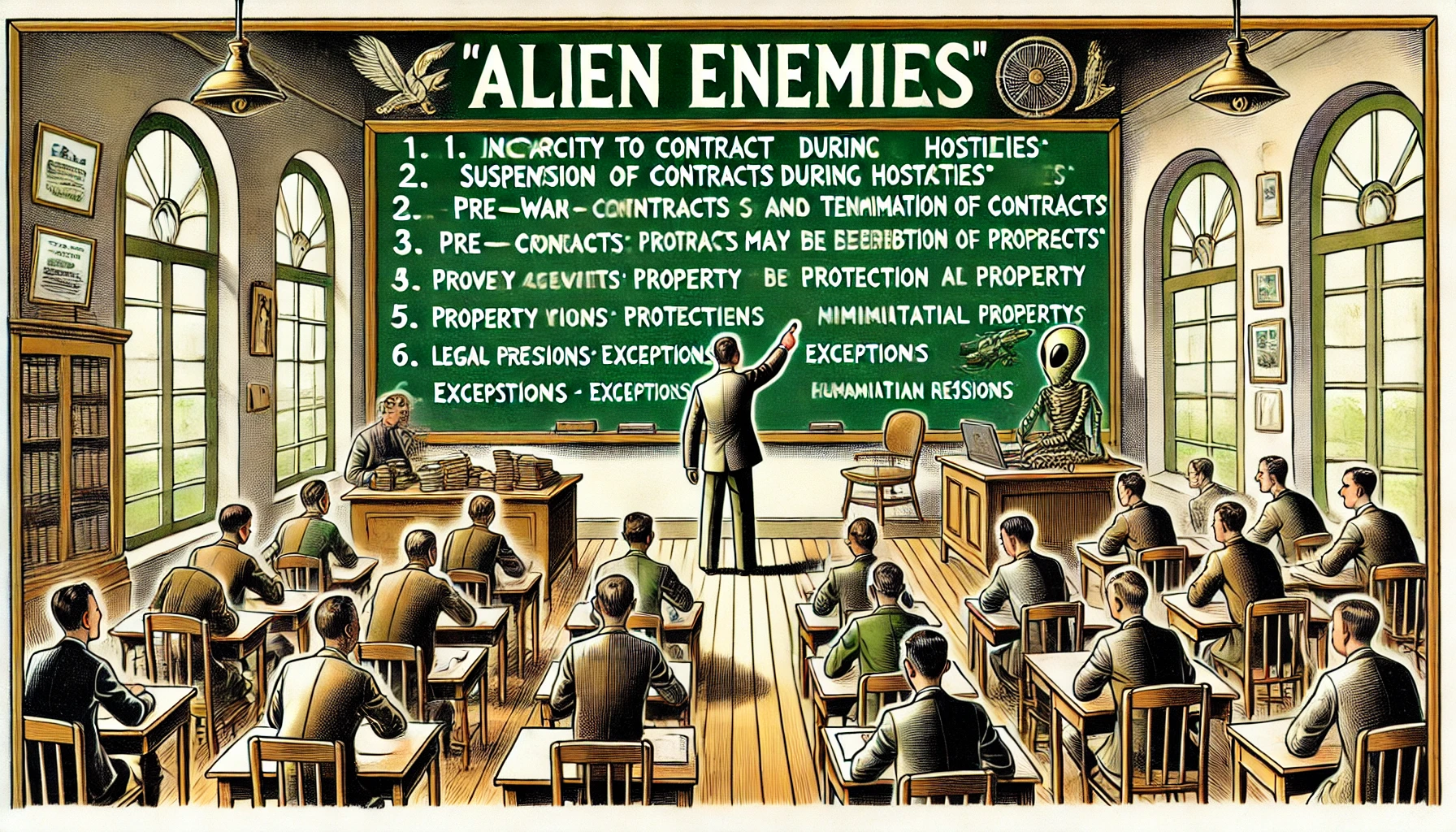




Comment
Nothing for now